Reimbursable Remote Patient Monitoring Is Here
Cellular Technology Makes Remote Patient Monitoring Easier for Both Patients and Clinicians
Reimbursable Remote Patient Monitoring (RPM) refers to reimbursement for connected diabetes care services that enable clinicians to manage and coordinate patient care outside of a healthcare setting with reliable, actionable data.
The Centers for Medicare and Medicaid Services (CMS) have recognized the value of RPM by offering four CPT reimbursement codes. Health plans (i.e. UnitedHealthcare, BCBS, Cigna) have adopted the same reimbursement codes and guidelines.
Remote monitoring of physiologic parameter(s) (e.g. blood glucose levels), initial; set-up and patient education on use of equipment.
Remote monitoring of physiologic parameter(s) (e.g. blood glucose levels), initial; device supply with daily recording or programmed alert transmission, each 30 days.
Remote physiologic monitoring, 20 minutes or more of healthcare professional time monthly requiring communication with the patient/caregiver.
Amplifier for additional remote physiologic monitoring, 20 minutes or more of healthcare professional time monthly requiring communication with the patient/caregiver.
RPM enables connected care where clinicians can monitor their patients between visits. With this continuity of care and the ability to review complete, real-time results, clinicians can intervene and flag situations before they become issues.
Reimbursable RPM can open up a new revenue stream that can also help clinicians grow their practice.
Learn more about the CMS guidelines for reimbursement.
The real-time connectivity of cellular-connected monitors makes remote monitoring simple, reliable, and convenient for both healthcare clinicians and their patients.
Data sharing is complicated for patients, reducing engagement
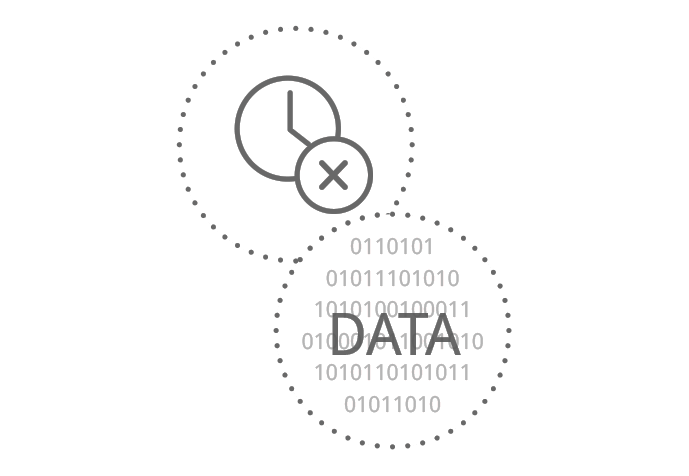
Data delivery is unreliable, delayed and incomplete due to dropped connectivity

RPM is difficult and ineffective for clinicians and RPM companies due to a lack of quality, real-time data
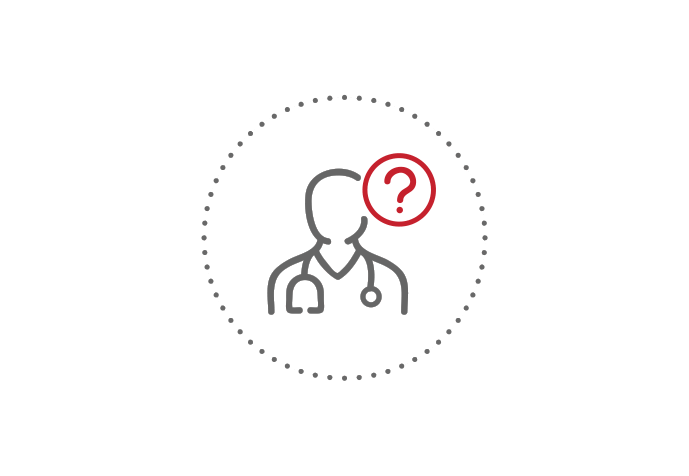

Perfectly simple for the patient
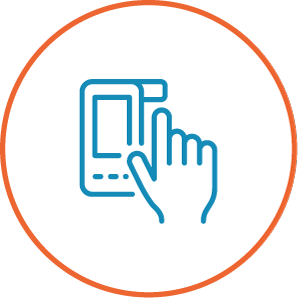
Game-changing, real-time cellular connectivity
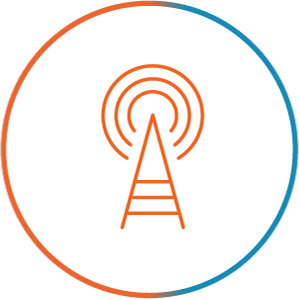
Transformative for providers and partners
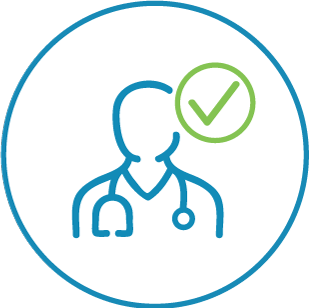

Cellular meters and programs, like those from Smart Meter, are making RPM easier for patients and clinicians alike.
Learn More
Disclaimer: This information is intended for reference purposes only and does not constitute legal, medical or other professional advice. All decisions with respect to reimbursement are solely those of the medical provider and subject to applicable laws and regulations. No guarantee of reimbursement or eligibility for reimbursement is being made.
*CMS Reimbursement National Average; see CMS guidelines for state reimbursement rates
© 2021 Smart Meter LLC. iGlucose® is a registered trademark of Smart Meter LLC. All Rights Reserved.
I-S-RRPMMS-U-May19